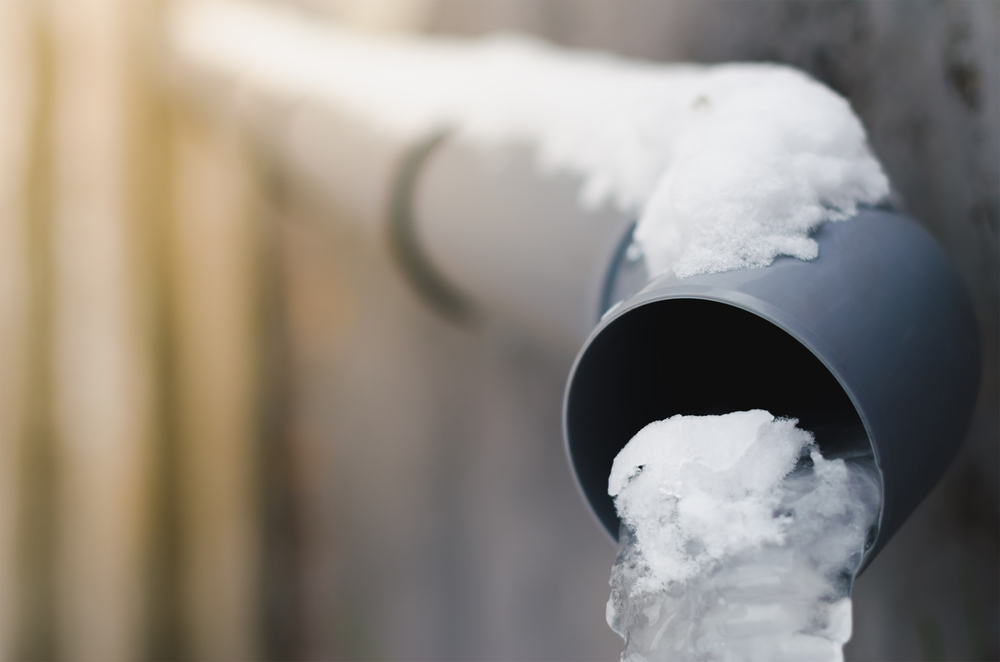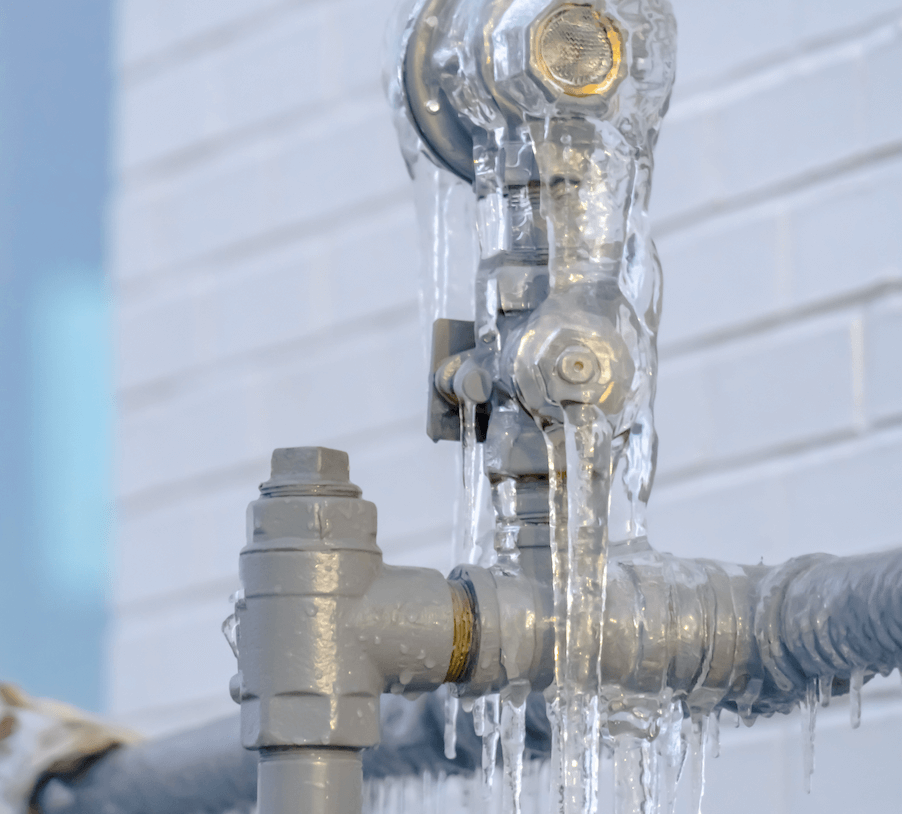Are you in search of details concerning How To Avoid Freezing Pipes?

Winter can wreak havoc on your pipes, particularly by freezing pipes. Right here's just how to avoid it from happening and what to do if it does.
Intro
As temperatures decrease, the risk of icy pipelines increases, potentially causing costly fixings and water damages. Understanding exactly how to avoid icy pipelines is vital for house owners in cool environments.
Avoidance Tips
Protecting vulnerable pipes
Wrap pipelines in insulation sleeves or utilize warmth tape to secure them from freezing temperatures. Concentrate on pipelines in unheated or external locations of the home.
Home heating strategies
Maintain indoor spaces appropriately warmed, particularly locations with plumbing. Open up cabinet doors to allow cozy air to flow around pipes under sinks.
Exactly how to recognize frozen pipes
Look for lowered water flow from taps, unusual odors or sounds from pipelines, and noticeable frost on subjected pipelines.
Long-Term Solutions
Architectural modifications
Think about rerouting pipelines far from exterior walls or unheated locations. Include extra insulation to attic rooms, basements, and crawl spaces.
Updating insulation
Invest in high-quality insulation for pipes, attic rooms, and walls. Proper insulation assists keep regular temperatures and minimizes the threat of frozen pipelines.
Protecting Outside Plumbing
Garden pipes and outdoor faucets
Detach and drain pipes yard hose pipes prior to winter months. Mount frost-proof faucets or cover outdoor taps with protected caps.
Comprehending Icy Pipes
What creates pipelines to freeze?
Pipes ice up when revealed to temperatures listed below 32 ° F (0 ° C) for prolonged periods. As water inside the pipelines ices up, it broadens, taxing the pipeline walls and potentially triggering them to rupture.
Risks and damages
Icy pipelines can cause supply of water disturbances, building damage, and costly repair services. Burst pipes can flood homes and create comprehensive architectural damage.
Signs of Frozen Pipes
Determining icy pipes early can avoid them from rupturing.
What to Do If Your Pipes Freeze
Immediate activities to take
If you think frozen pipelines, maintain faucets available to ease pressure as the ice thaws. Use a hairdryer or towels taken in hot water to thaw pipelines slowly.
Final thought
Preventing icy pipes calls for aggressive steps and quick responses. By understanding the causes, signs, and safety nets, homeowners can protect their pipes throughout cold weather.
5 Ways to Prevent Frozen Pipes
Drain Outdoor Faucets and Disconnect Hoses
First, close the shut-off valve that controls the flow of water in the pipe to your outdoor faucet. Then, head outside to disconnect and drain your hose and open the outdoor faucet to allow the water to completely drain out of the line. Turn off the faucet when done. Finally, head back to the shut-off valve and drain the remaining water inside the pipe into a bucket or container. Additionally, if you have a home irrigation system, you should consider hiring an expert to clear the system of water each year.
Insulate Pipes
One of the best and most cost-effective methods for preventing frozen water pipes is to wrap your pipes with insulation. This is especially important for areas in your home that aren’t exposed to heat, such as an attic. We suggest using foam sleeves, which can typically be found at your local hardware store.
Keep Heat Running at 65
Your pipes are located inside your walls, and the temperature there is much colder than the rest of the house. To prevent your pipes from freezing, The Insurance Information Institute suggests that you keep your home heated to at least 65 degrees, even when traveling. You may want to invest in smart devices that can keep an eye on the temperature in your home while you’re away.
Leave Water Dripping
Moving water — even a small trickle — can prevent ice from forming inside your pipes. When freezing temps are imminent, start a drip of water from all faucets that serve exposed pipes. Leaving a few faucets running will also help relieve pressure inside the pipes and help prevent a rupture if the water inside freezes.
Open Cupboard Doors
Warm your kitchen and bathroom pipes by opening cupboards and vanities. You should also leave your interior doors ajar to help warm air circulate evenly throughout your home.

We were guided to that editorial about Preventing and dealing with frozen pipes from a good friend on a different web address. Liked our entry? Please quickly share it. Help other people check it out. I truly appreciate your readership.
Request A Quote
Comments on “Protecting Your Pipes from Freezing Issues: Essential Approaches”